
Planting a hedge for insects
Bees, butterflies... and all the others!
Contents
What if today we saved the planet… by planting a hedge for insects!
This sentence may seem silly at first but it must be acknowledged that the situation regarding insect populations is alarming. Nearly 75% of insect populations have disappeared here in barely a quarter of a century. Massive use of pesticidal products is largely to blame, as is climate change, but we must not forget the impact of the reduction, even disappearance, of natural habitats favourable to them.
Insects make up the largest part of biodiversity and each species, however insignificant, plays an important role within ecosystems.
Fortunately, “nature always finds its way” and very simple actions often help to fill gaps in nature around us.
One such solution is planting a hedge dedicated to insects: bees, bumblebees, butterflies, hoverflies and all the others. Such a hedge will be full of life for almost the whole year, brightly coloured and deliciously scented. Moreover, all these little creatures will give a welcome chitinous helping hand in the garden, by pollination of flowers and by preying on certain so-called pest species. So, wait no longer! Grab your spade and start planting a hedge “special hexapod (six-legged critter!)“!

Read also
A natural hedge to enhance biodiversityHedge for bees
Whether wild or domesticated, social or solitary, we need bees (in the broad sense). Without them, no more fruit, no more vegetables…
We can help them by offering food and places to rear their larvae. It needs nectariferous flowers and pollen, and this for much of the year because bees and bumblebees emerge fairly early in the year, sometimes from February if weather is mild. Conversely, some remain late into the onset of winter, so these insects also need very late flowering to feed.
Here is a small selection of bushes to plant in your hedge arranged by flowering period, from February to October.

Cornus mas - European Cornel
- Flowering time March, April
- Height at maturity 4 m
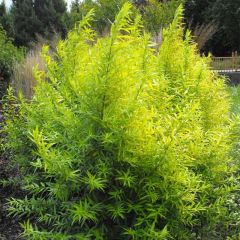
Salix sachalinensis Golden Sunshine - Sachalin Willow
- Flowering time April, May
- Height at maturity 4 m
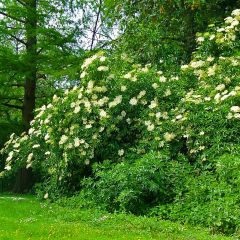
Sambucus nigra Korsor - Black Elder
- Flowering time June, July
- Height at maturity 4 m

Cotoneaster franchetii
- Flowering time June, July
- Height at maturity 3 m
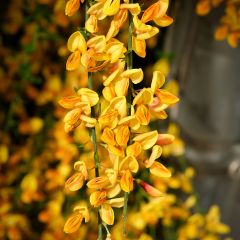
Cytisus scoparius Apricot Gem
- Flowering time June, July
- Height at maturity 1,50 m
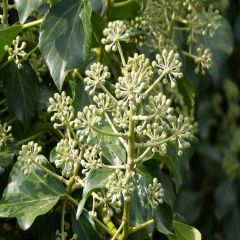
Hedera hibernica - Irish ivy
- Height at maturity 10 m
We also offer ready-to-plant, economical melliferous hedge kits: melliferous hedge kit, 10 bushes in buckets
Oli’s note: melliferous or nectariferous?
A nectariferous plant secretes nectar to attract specific insects useful for pollination that are not necessarily bees. A melliferous plant has flowers containing nectar that attract social bees which will then produce honey (solitary bees do not produce honey). So a melliferous plant is necessarily nectariferous, but the inverse is not always true.
Discover other Melliferous hedges
View all →Available in 2 sizes
Available in 2 sizes
Available in 1 sizes
Available in 1 sizes
Available in 1 sizes
Available in 1 sizes
Available in 1 sizes
Available in 1 sizes
Available in 1 sizes
Available in 1 sizes
Hedge for butterflies
Butterflies are not just pretty little colourful sails awkwardly fluttering around your finest flowers; they are also very useful for gardener because they are among pollinators and contribute (as prey) to food chain by feeding birds. Butterflies are also affected by use of pesticidal products and disappearance of natural habitats. Indeed, butterflies, or lepidoptera, generally have only a single specific host plant to raise their caterpillars. If that plant disappears, butterfly will disappear too. That is why, in garden, favouring great botany diversity and gentler management of “weeds” is worthwhile. These can perfectly find their place in garden without necessarily turning it into fallow… Worth reading on this subject: “10 good reasons to let weeds grow”
Adult butterflies need to feed and protect themselves from cold (especially overwintering species); planting a hedge containing nectariferous bushes that filters wind is beneficial for them, and you can go further by letting ivy climb the hedge. Here is a small selection of welcoming bushes for them :
A very handsome Cornus sanguinea ‘Magic Flame’ accompanied by a Perovskia atriplicifolia ‘Blue Spire’, a Spirea japonica ‘Shirobana’ and why not a small Hebe ‘Ouessant’ will delight lepidoptera of all kinds, especially if you add a handsome Lonicera delavayi honeysuckle.

Cornus sanguinea ‘Winter Flame’/ Spirea japonica ‘Shirobana’ / Hebe ‘Ouessant’ / Lonicera delavayi / Perovskia atriplicifolia ‘Blue Spire’
Also bear in mind that most small aromatic bushes attract many butterflies: lavender and rosemary for example. Why not plant some at base of your hedge?
Buddleias, also called “butterfly bushes”, are sometimes controversial. Notably because of a single individual: Buddleia davidii, which can become invasive and therefore cause problems in wild by taking place of native species. Fortunately sale of botanical Buddleia davidii is no longer permitted and “butterfly bushes” offered for sale are sterile hybrids. Second problem lies in its extreme attractiveness to butterflies. Indeed, they become almost hypnotised on the flowers and no longer think about reproducing, hence disaster for following season. But here too, only botanical Buddleia davidii poses problem; other species and hybrids of it are less attractive and therefore not problematic at all.
Oli’s note: bees are not the only pollinators
A pollinator is an animal (not always an insect!) that enables transport of grains of pollen from male organs of a flower to female organs of a flower. Here, hymenoptera such as bees and bumblebees do much of pollination work. But let’s not forget hoverflies and butterflies, which are also very effective pollinators.
Read also
Hedge for birds: which shrubs to choose?And the others...
And yes, many others remain… We will not discuss in this article the 35,200 species of insects living in France and Belgium. We will only name a few examples among many:
Hazelnut weevil, rose chafer, wasp beetle, earwig, lacewing, horned mason bee, …
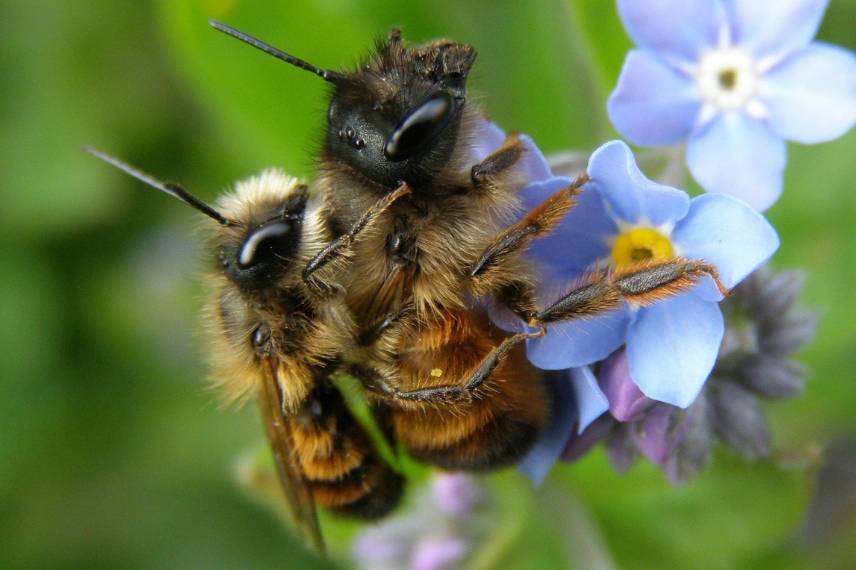
Osmia cornuta
All these occupants of your living, natural hedgerow will quietly and free of charge help maintain your little corner of paradise.
To find out more
- Avoid pesticidal products, even organic or natural
- Favour native plants
- Avoid overly tidy gardens: leave wood piles, leaf litter, a standing dead tree (if it does not present an immediate danger!), some weeds, a small patch of nettles, …
- Install several mono-specific mini insect shelters rather than an “insect tower block“
And if pollinator conservation interests you, here is a link to an Interreg project site : SAPOLL Project
In addition, find our video and tips to create and maintain a country hedgerow in your garden.
Also discover our selection of 8 most melliferous climbing plants
Oli's (last) little word: by the way, what exactly is an insect again?
An insect at sexual ripeness has a body in three parts: head bearing a pair of antennae, thorax bearing three pairs of legs and two pairs of wings (dipterans, as their name suggests, have only two true wings; the other two are reduced to the state of single balancing organs) and an abdomen. If one of these conditions is not fulfilled, you are faced with another type of creature: arachnid (spiders, mites, harvestmen, …), mollusc (slugs and snails), myriapod (millipedes, centipedes, …), crustacean (woodlice), tit, cat, pony, …
- Subscribe!
- Contents
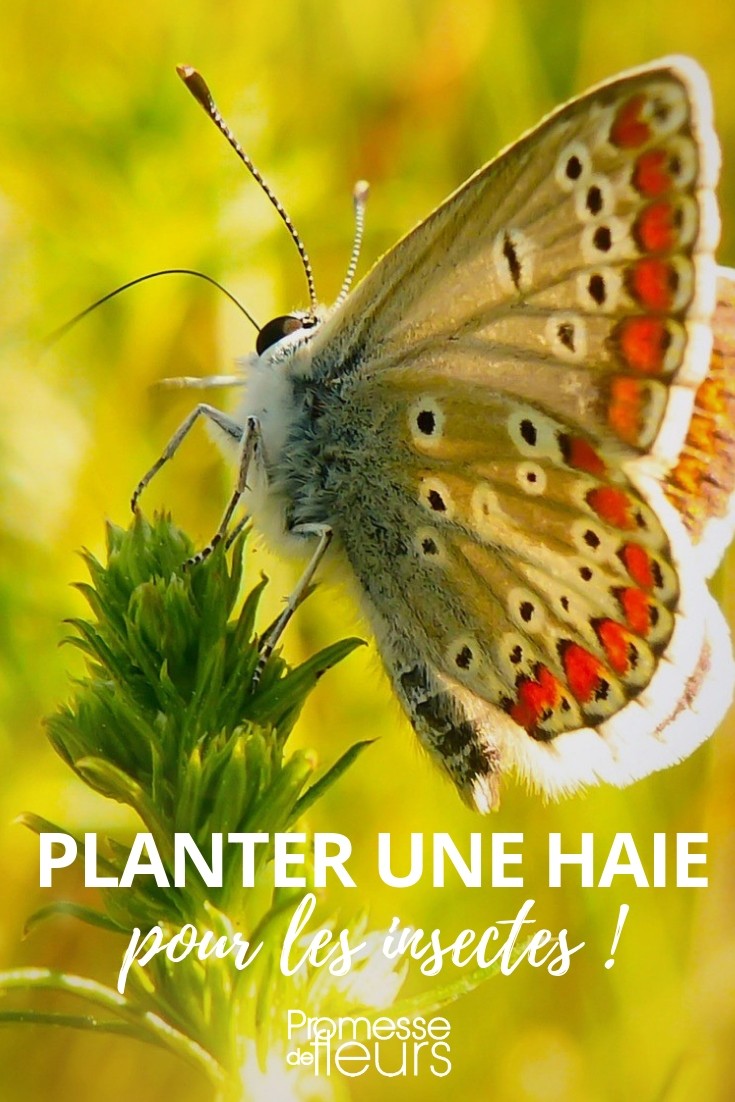































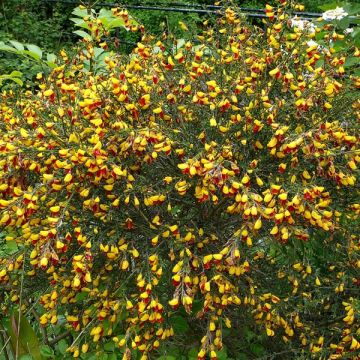

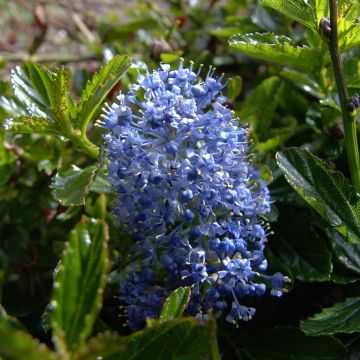
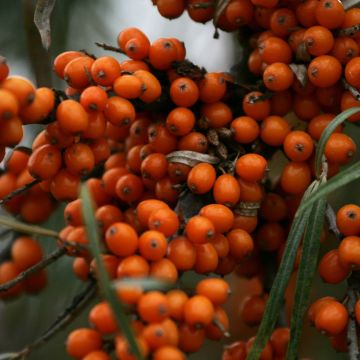
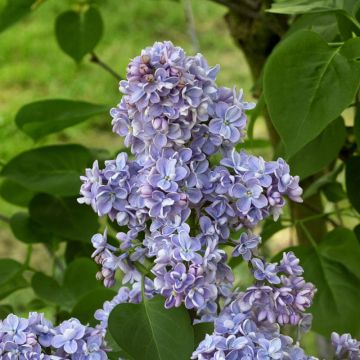
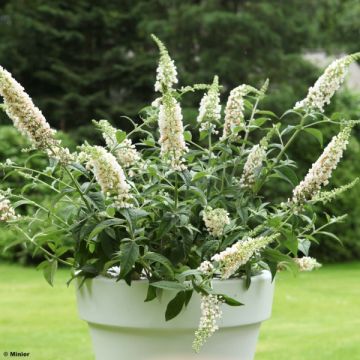
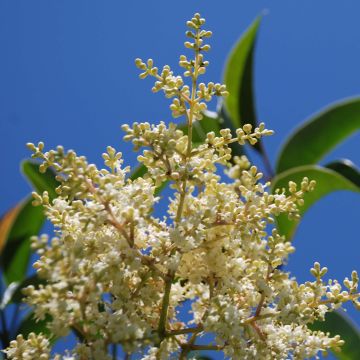
Comments